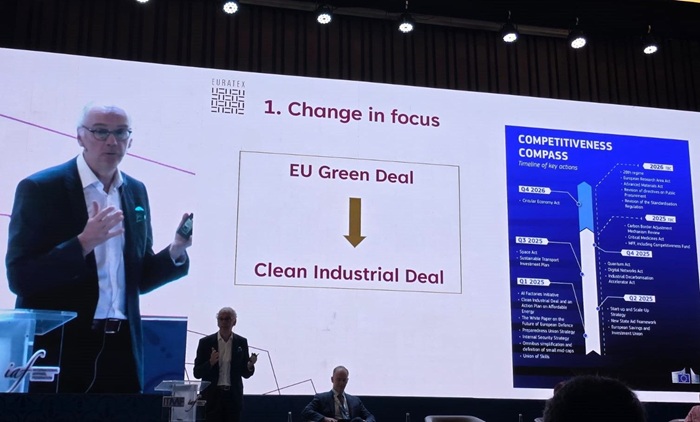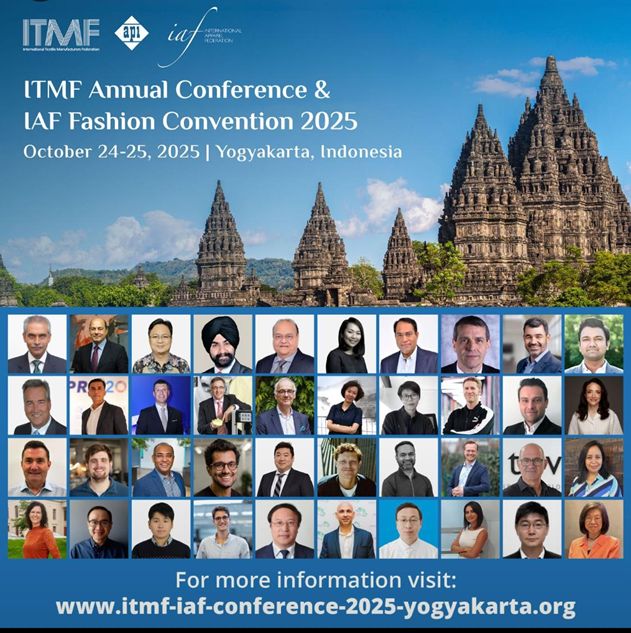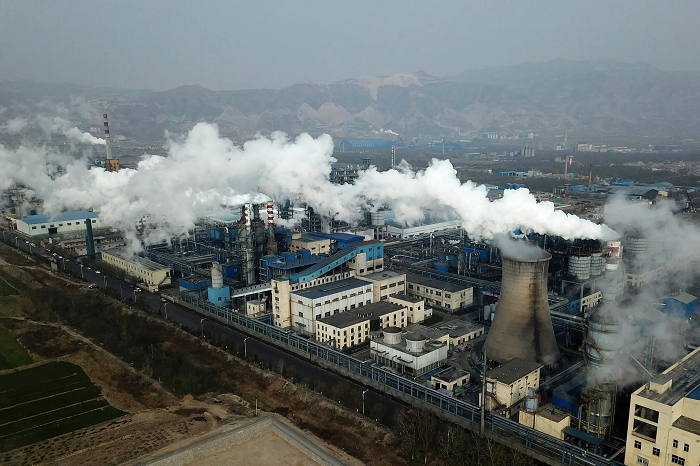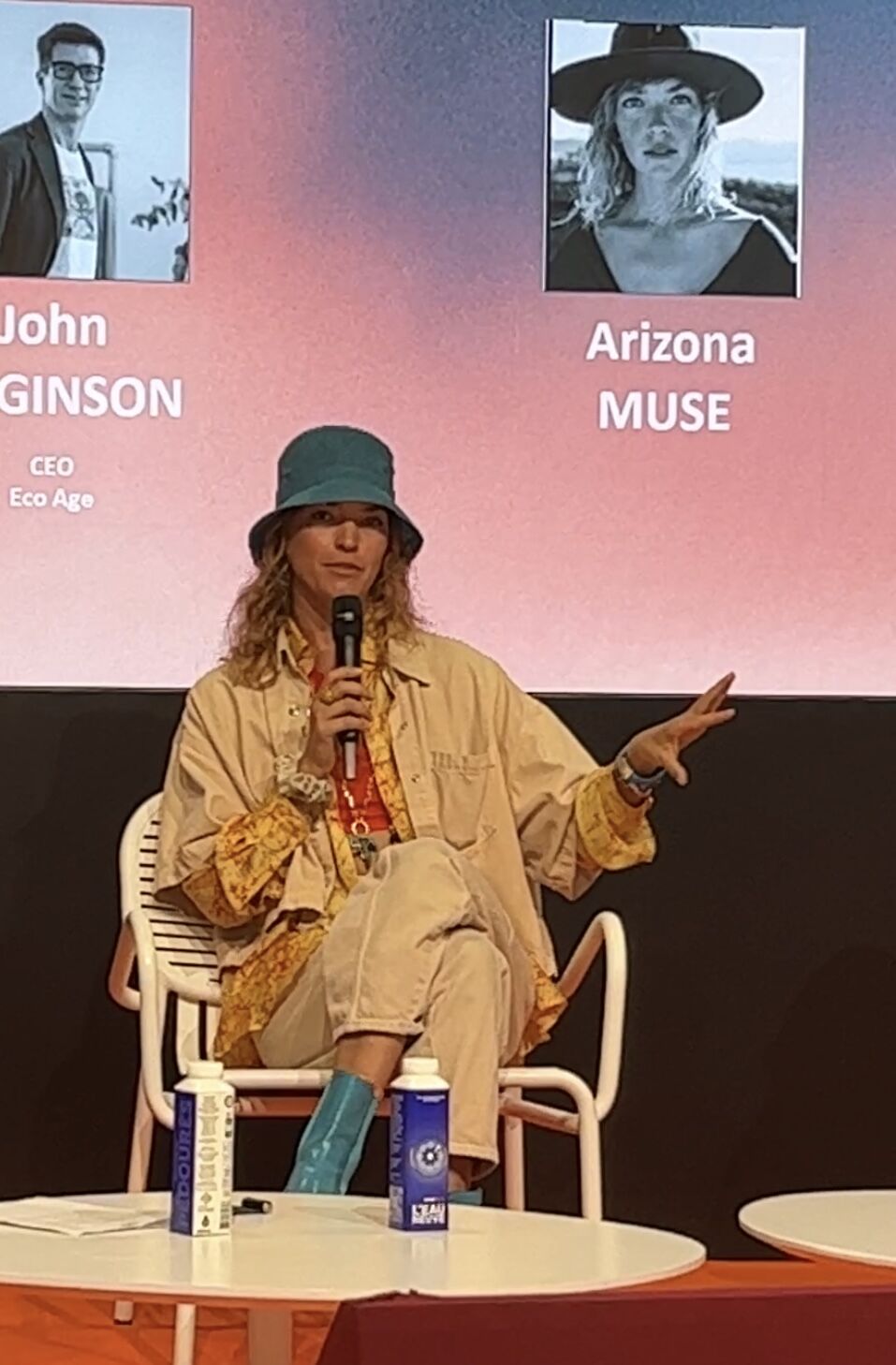
Türkiye boasts of a rich history in textiles, dating back to the Ottoman Empire. Today, it remains a global powerhouse in the industry, ranked the fourth-largest exporter of textiles worldwide as per Statista. This success story is due to a robust domestic industry and strategic export focus.
Sectoral strengths
Türkiye's textile and apparel industry caters to a wide range of products. From raw materials like cotton yarn to finished garments like denim and knitwear, the sector offers a comprehensive product portfolio. This diversification allows Türkiye to cater to varied customer needs across various price points. Turkish mills excel in weaving, knitting, and finishing a wide range of fabrics, from denim and towels to technical textiles.
The industry also boasts of a well-developed infrastructure, skilled workforce, and a strong focus on vertical integration. This translates to efficient production processes and competitive pricing. Turkish craftsmanship shines in carpets, rugs, towels, and bed linens, renowned for their quality and design.
Table: A decade of growth
|
Year |
Textile Exports ($ billion) |
Apparel Exports ($ billion) |
Total Exports ($ billion) |
|
2014 |
10.2 |
14.5 |
24.7 |
|
2015 |
10.5 |
15.2 |
25.7 |
|
2016 |
9.8 |
14.1 |
23.9 |
|
2017 |
10.1 |
15.4 |
25.5 |
|
2018 |
11.2 |
17.3 |
28.5 |
|
2019 |
11.7 |
18.4 |
30.1 |
|
2020 |
9.8 |
15.4 |
25.2 (Pandemic Impact) |
|
2021 |
11.4 |
18.1 |
29.5 |
|
2022 |
(est.) 11.0 |
(est.) 19.2 |
30.2 |
Source: ISIB Istanbul Textile and Apparel Exporters’ Association
Reaching new horizons
Türkiye's export strategy focuses on geographical diversification, with a strong presence in established markets and a growing footprint in emerging regions.
Table: Türkiyes’ key exporting countries
|
Region |
Total textile & apparel exports (2022) in % |
Key countries |
|
Europe |
65% |
Germany, Spain, UK, Italy |
|
Middle East |
15% |
Iraq, Iran, Israel, Saudi Arabia |
|
North America |
10% |
USA, Canada |
|
Asia |
5% |
Russia, Central Asian Republics, Far East |
|
Other |
5% |
Africa, Latin America |
Source: Ministry of Trade, Republic of Türkiye
The European Union remains Türkiye's primary export destination, accounting for roughly 65 per cent of total textile and apparel exports. Germany and Spain are the top two European buyers, drawn to Türkiye's proximity, competitive pricing, and quality products.
However, Türkiye is actively looking beyond Europe. Exports to the Middle East and North Africa (MENA) region are on the rise, driven by cultural similarities and growing disposable incomes. Additionally, the US market holds significant potential, with increasing demand for Turkish-made apparel. Building brand recognition and establishing robust distribution channels are essential for success.
Strategies for continued growth
However, despite its global leadership, Türkiye faces fierce competition from Asian countries like Bangladesh and Vietnam necessitates continuous innovation and cost optimization. Then there are other challenges like fluctuations in Turkish Lira impact export competitiveness. The industry also faces pressure to adopt sustainable practices throughout the supply chain.
To move forward, the industry needs to invest in research and development for new fabrics, eco-friendly production methods, and trend-driven designs will be crucial to stay ahead of the curve. Embracing online platforms can also expand reach and tap into new consumer segments, particularly in emerging markets. Since consumers are increasingly becoming environmentally conscious, implementing sustainable practices throughout the supply chain will enhance Türkiye's brand image and attract eco-conscious buyers. And for stronger and continued growth, Türkiye needs to focus on high-value products. Moving beyond basic garments, Türkiye can specialize in higher-margin products like technical textiles and designer apparel to boost profitability.
Türkiye's textile and apparel industry has a strong foundation for continued growth. By focusing on sector-specific development, diversifying export territories, and embracing innovation, Türkiye can further solidify its position as a global leader in fashion. As the industry evolves, adaptation and strategic investment will be key to weaving a stronger future for Turkish textiles and apparel exports.












